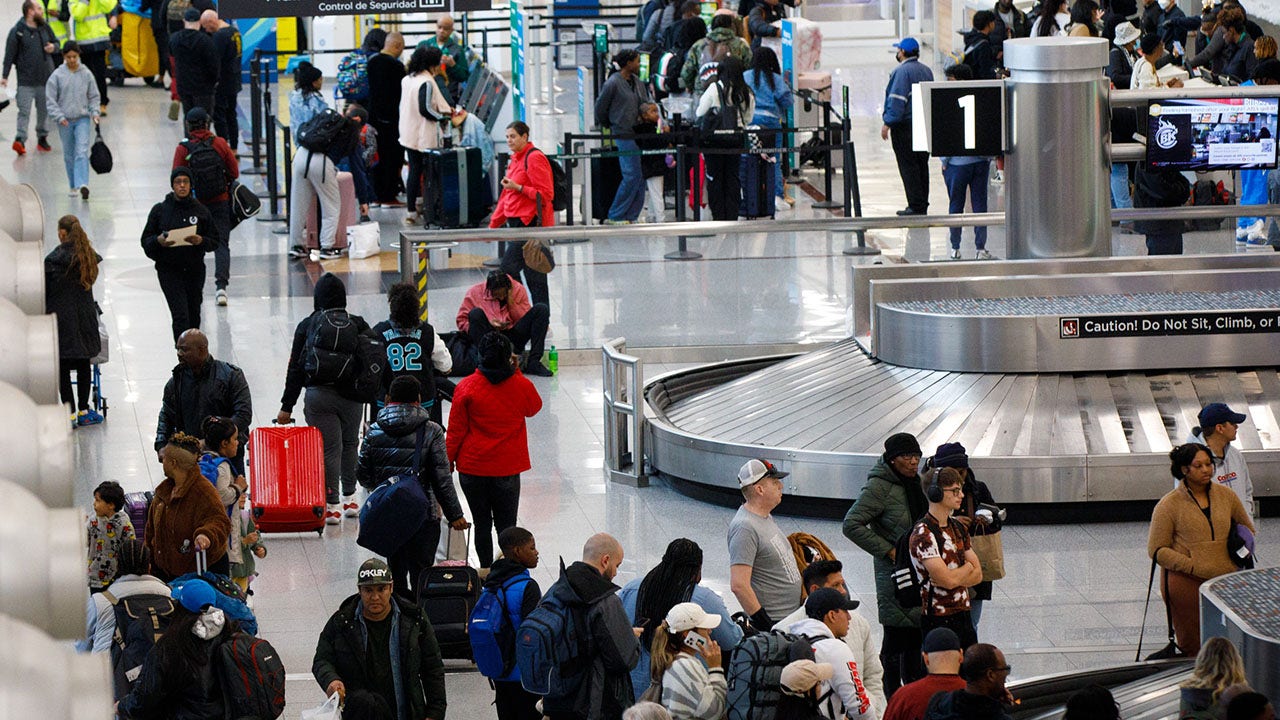Mr. Trump’s weakness among Republican-leaning voters wasn’t exclusively because they questioned whether he could do the job effectively. Many Republicans were repelled by his insults against ethnic groups or John McCain’s military service, or his treatment of women — including the “Access Hollywood” tape. Many opposed his views on trade, immigration and foreign policy. Others doubted his commitment to conservative causes, like opposition to abortion rights. Similarly, many traditionally Democratic voters are skeptical of Mr. Biden’s handling of the economy or the Israeli-Palestinian conflict. But as with Mr. Biden and the issue of age today, Mr. Trump’s inexperience and unpresidential conduct were a major aspect of their misgivings.
With these challenges, Mr. Trump might have lost by a wide margin had his opponent not been Hillary Clinton — a candidate under criminal investigation (later dropped) who polls showed was nearly as disliked as he was. She probably would have been an underdog against a more typical Republican, and she was also deeply vulnerable to Mr. Trump’s populist critique of establishment-backed policies on immigration, foreign policy and trade.
Together, her weaknesses and those of Mr. Trump left the race in a strange spot. An unusually high share of voters said they were undecided or would support a minor party candidate, with Gary Johnson, the Libertarian Party candidate, peaking near 10 percent. Mr. Trump’s populist pitch yielded huge gains among white voters without a college degree, but she maintained a modest lead by the margin of defections among Republican-leaning voters. As I put it on Nov. 2, 2016:
[Mr. Trump] hasn’t been able to capitalize on strength among white working-class voters in part because of his weakness among Republican-leaning voters in the same states.
It’s a strange position for Mr. Trump. In a way, he’s already done the hard part: He has pulled off what Republicans have long wished for in places like Green Bay, Wis., and Scranton, Pa., but he’s not even approaching traditional Republican benchmarks in the suburbs around Philadelphia and Milwaukee.
This could quickly change if he could do the easy part, consolidating Republican-leaning voters — adding to his strength among white working-class voters.
In the end, Mr. Trump was able to do the easy part: Republican-leaning voters consolidated around him in the final days of the race. Mr. Trump’s recovery among those voters was not entirely surprising. Mrs. Clinton did try to appeal to Republican-leaning voters, but as a Democrat whom Republicans had opposed for decades, she was poorly suited to the task.
At the same time, there was nothing inevitable about Mr. Trump’s win. These late-deciding voters did not necessarily want to support him. They weren’t “shy” Trump supporters who were guarding a closely held secret. According to polling, they did not like him, did not support him, did not want to vote for him, and in many cases made the choice only when they felt they absolutely had to — in the voting booth. And up until they decided otherwise, they could have just as easily stayed home or voted for Mr. Johnson. Indeed, millions of voters made exactly that choice.
Does every detail of this story match 2024? No, not at all, but there’s a lot that resembles the polling today. As with Mr. Trump in 2016, the polls show that a clear majority of voters do not believe Mr. Biden has what it takes to be an effective president. Partly as a result, he faces those surprising defections from Democratic-leaning constituencies.






